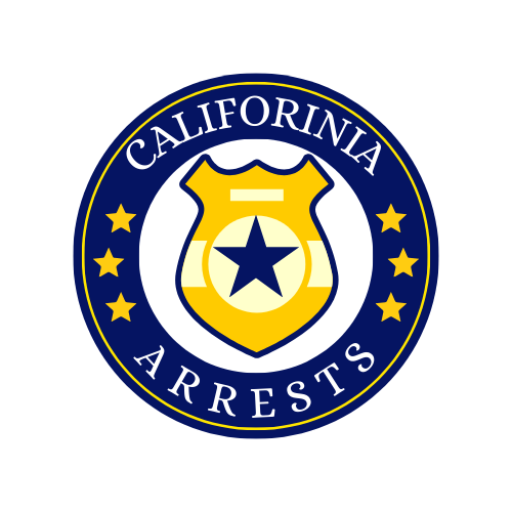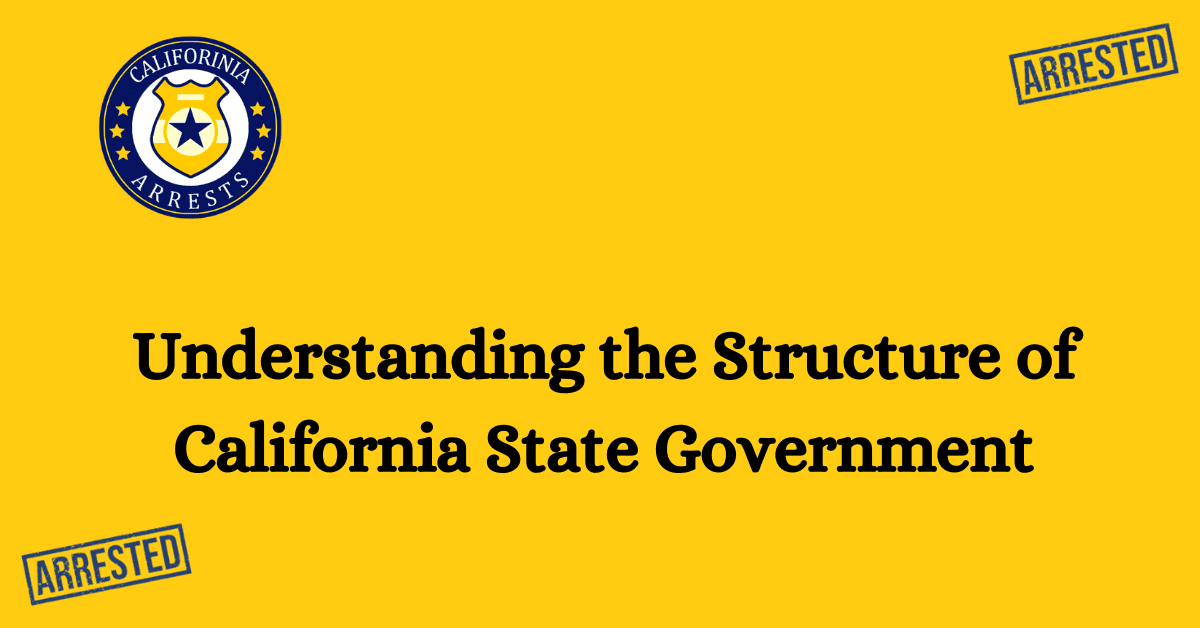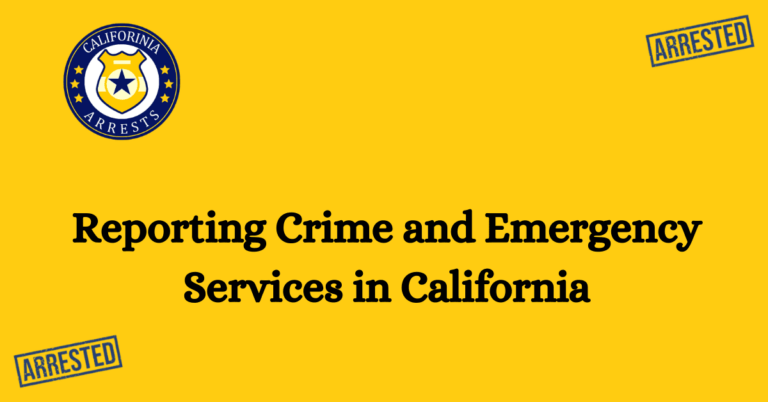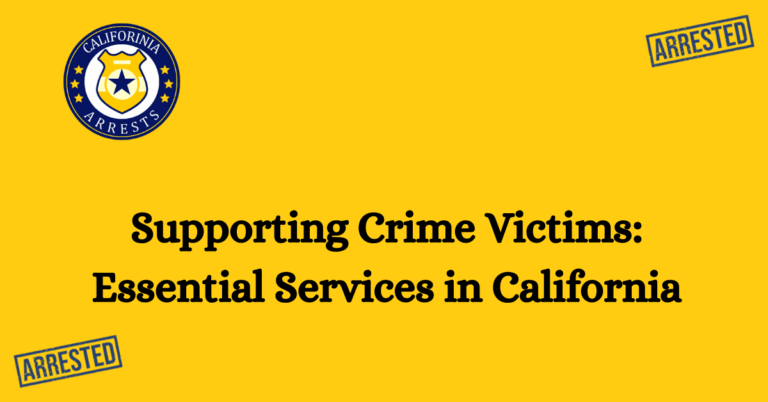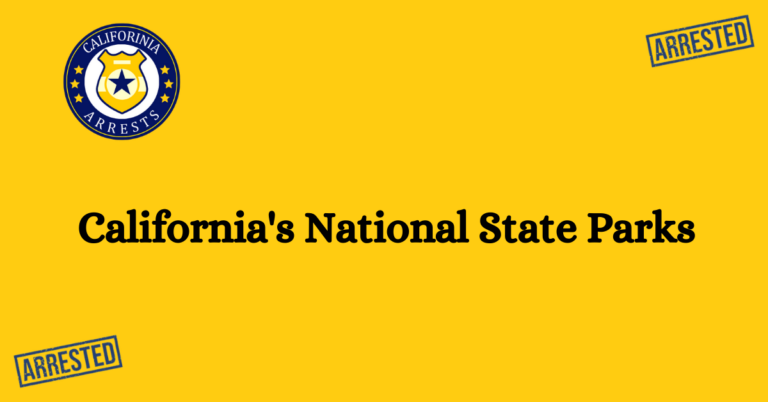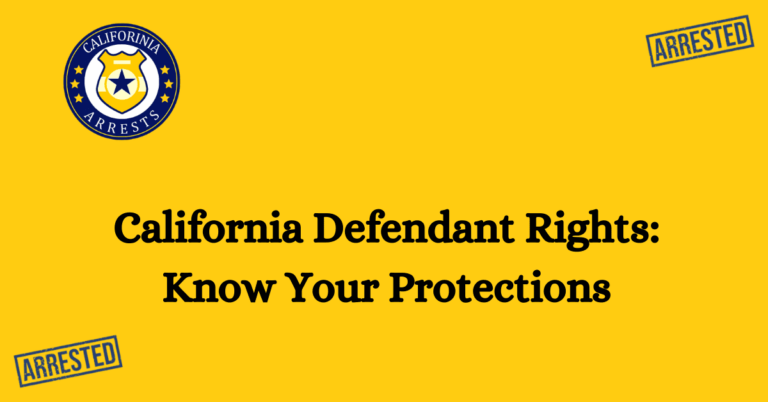Understanding the Structure of California State Government
The structure of the California State Government is a complex system that plays a vital role in governing the state. With its diverse population and vast territory, California requires a well-organized and efficient government to address the needs and concerns of its residents. In this introduction, we will explore the key components of the California State Government, from its executive branch to its legislative and judicial branches.
At the heart of the California State Government is the Governor, who serves as the chief executive and is responsible for implementing and enforcing the state’s laws. Working alongside the Governor is a diverse group of elected officials, including the Lieutenant Governor, Attorney General, and Secretary of State, each with their own specific roles and responsibilities.
In addition to the executive branch, the California State Government also consists of a bicameral legislature, composed of the Assembly and the Senate. These legislative bodies are responsible for creating and passing laws that affect the daily lives of Californians. Furthermore, the California State Government has a robust judicial branch, which includes the Supreme Court and a network of lower courts, ensuring the fair and impartial administration of justice throughout the state.
By understanding the structure of the California State Government, we gain insight into the mechanisms that drive policy-making and decision-making processes in the state. Whether you are a resident, a student, or simply interested in learning more about California’s governance, this guide will provide you with a comprehensive overview of the inner workings of the California State Government.
Key Components of the California State Government
The Executive Branch: Implementing and Enforcing Laws
The executive branch of the California State Government is led by the Governor, who serves as the chief executive and is responsible for implementing and enforcing the state’s laws. Alongside the Governor, there is a diverse group of elected officials, including the Lieutenant Governor, Attorney General, and Secretary of State, each with their own specific roles and responsibilities.
The Legislative Branch Creating and Passing Laws
The California State Government also consists of a bicameral legislature, composed of the Assembly and the Senate. These legislative bodies are responsible for creating and passing laws that affect the daily lives of Californians. Through a collaborative and deliberative process, lawmakers work towards addressing the needs and concerns of the state’s residents.
The Judicial Branch Ensuring Fair and Impartial Administration of Justice
The California State Government has a robust judicial branch, which includes the Supreme Court and a network of lower courts. This branch ensures the fair and impartial administration of justice throughout the state. The courts interpret and apply the laws created by the legislative branch, serving as an essential pillar of democracy and upholding the rights of individuals.
Understanding the Mechanisms of Policy Making and Decision Making
By gaining insight into the structure of the California State Government, we can better understand the mechanisms that drive policy-making and decision-making processes in the state. The interactions between the executive, legislative, and judicial branches shape the governance of California, influencing the lives of its residents and impacting the direction of the state.
A Comprehensive Overview of California’s Governance
Whether you are a resident, a student, or simply interested in learning more about California’s governance, this guide aims to provide you with a comprehensive overview of the inner workings of the California State Government. From the roles and responsibilities of the executive branch to the legislative process and the administration of justice, each aspect contributes to the functioning and effectiveness of the state’s governance.
Keeping Pace with California’s Evolving Governance
As California continues to evolve and face new challenges, its governance must adapt and respond to the changing needs of its residents. This guide serves as a foundation for understanding the current structure of the California State Government, but it is essential to remain informed and engaged as the state’s governance continues to evolve.
Empowering Individuals to Participate in the Democratic Process
Understanding the structure and functioning of the California State Government empowers individuals to actively participate in the democratic process. By staying informed, engaging in civic activities, and exercising their rights as citizens, Californians can contribute to the shaping of their state’s future and work towards a more inclusive and prosperous California.
FAQs
What is the structure of the California State Government?
The California State Government is structured into three branches: the executive branch, the legislative branch, and the judicial branch. Each branch has its own responsibilities and powers.
What is the role of the executive branch in the California State Government?
The executive branch is responsible for enforcing and administering the laws of California. It is headed by the Governor, who is elected by the citizens of California. The Governor appoints various department heads and executives who oversee different areas of governance.
What is the role of the legislative branch in the California State Government?
The legislative branch, also known as the California State Legislature, is responsible for making laws and representing the interests of the people. It consists of two houses: the State Senate and the State Assembly. The legislators are elected by the citizens of California.
What is the role of the judicial branch in the California State Government?
The judicial branch is responsible for interpreting and applying the laws of California. It includes the California Supreme Court, appellate courts, and trial courts. The judges in the judicial branch are appointed or elected, depending on the position.
How are the branches of the California State Government interconnected?
The branches of the California State Government are interconnected through a system of checks and balances. This ensures that no single branch has absolute power and that the power is distributed among the executive, legislative, and judicial branches. The branches work together to maintain a functioning government.
How can I get involved in the California State Government?
There are several ways to get involved in the California State Government. You can participate in the democratic process by voting in elections, contacting your representatives to voice your opinions, attending public meetings and hearings, and even running for office yourself. Your active engagement can help shape the policies and decisions made by the government.
